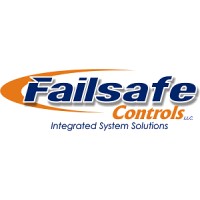
G2 Technologies, Inc.
At G2 Technologies we believe that by empowering our clients with automation and test solutions supported by rich data analytics, flexible architecture and industry standard components, they will succeed beyond a simple ROI analysis. We ask questions, listen, understand, and then collaborate to design and deliver a solution. Our integrated team of mechanical and electrical engineers, programmers, fabricators, and support staff – all located in the heart of North Carolina’s Research Triangle Park area - have delivered more than 300 systems since 2003. We specialize in the design and development of automated inspection, measurement, and test systems for aerospace, automotive and B2B industrial clients. As an experienced integrator, we use the latest technology to provide cost-effective, turn-key solutions for clients around the world. From aircraft smoke detectors to precision defect detection in automotive parts, we have the experience, tools, and resources to deliver a solution for the most demanding applications. #automation #dataacquisition #engineering #manufacturing #machinevision






